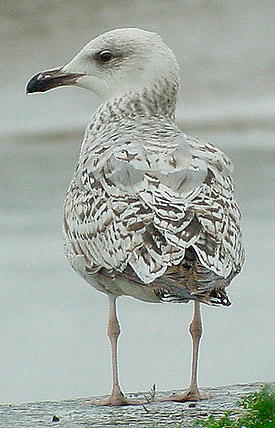 Yellow-legged
Gull- Geelpootmeeuw (L. michahellis): 2cy May
Yellow-legged
Gull- Geelpootmeeuw (L. michahellis): 2cy May
(last update: 08 december 2003)
YLG
1cy May
YLG
1cy June
YLG
1cy July
YLG 1cy August
YLG 1cy September
YLG 1cy October
YLG 1cy November
YLG 1cy December
YLG
2cy January
YLG 2cy February
YLG 2cy March
YLG 2cy April
YLG 2cy May
YLG 2cy June
YLG 2cy July
YLG 2cy August
YLG 2cy September
YLG 2cy October
YLG 2cy November
YLG 2cy December
YLG
3cy January
YLG 3cy February
YLG 3cy March
YLG 3cy April
YLG 3cy May
YLG 3cy June
YLG 3cy July
YLG 3cy August
YLG 3cy September
YLG 3cy October
YLG 3cy November
YLG 3cy December
YLG
sub-ad Jan.
YLG sub-ad Feb.
YLG sub-ad March
YLG sub-ad April
YLG sub-ad May
YLG sub-ad June
YLG sub-ad July
YLG sub-ad Aug.
YLG sub-ad Sept.
YLG sub-ad Oct.
YLG sub-ad Nov.
YLG sub-ad Dec.
YLG
adult January
YLG adult February
YLG adult March
YLG adult April
YLG adult May
YLG adult June
YLG adult July
YLG adult August
YLG adult September
YLG adult October
YLG adult November
YLG adult December
Photo 4232: Yellow-legged Gull michahellis 2cy, May 04 2001, Etaples, NW France (50.42N,1.34E).
 An
example of a 2cy ("first summer" / first alternate) michahellis
with about 8 third generation grey scapulars (50% of the visible area on
side view). By May, only very limited numbers of michahellis lack
grey ot grey-based, third generation scapulars. Nevertheless, as an
identification feature it's not very strong since some argenteus, graellsii
and commonly intermedius share this moult strategy of the
scapulars, but it seems to be more common in michahellis and the
advanced stage in some michahellis (over 90% of the scapulars grey)
is very unlikely to be found in LBBG's. Argenteus may show new grey
scapulars, but only a few at most.
An
example of a 2cy ("first summer" / first alternate) michahellis
with about 8 third generation grey scapulars (50% of the visible area on
side view). By May, only very limited numbers of michahellis lack
grey ot grey-based, third generation scapulars. Nevertheless, as an
identification feature it's not very strong since some argenteus, graellsii
and commonly intermedius share this moult strategy of the
scapulars, but it seems to be more common in michahellis and the
advanced stage in some michahellis (over 90% of the scapulars grey)
is very unlikely to be found in LBBG's. Argenteus may show new grey
scapulars, but only a few at most.
Here, note the common pattern on the second generation tertials (all 6
tertials have been moulted) in michahellis: a broad white bar at
the tip and a small sub-terminal band. Almost all visible coverts are
second generation: just a few (1/3) outer greater coverts, outer 20% of
the lessers and outer 25% of the medians on the left wing prove to be
juvenile. Of the many michahellis we saw in Etaples and Le Portel,
2cy birds in May did not really appear white-headed. Here, winter
streaking is concentrated in the lower neck, a feature shared with 2cy cachinnans.
The complete tail appears to be second generation as well.
Note the bill: not necessarily all black in 2cy michahellis.
Probably, this is a female.